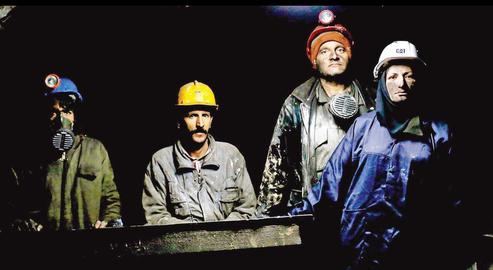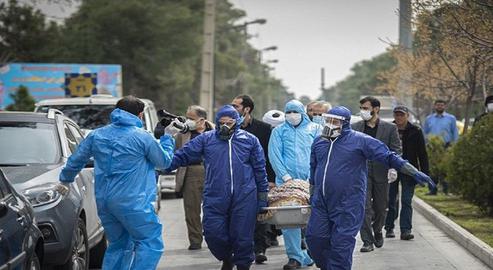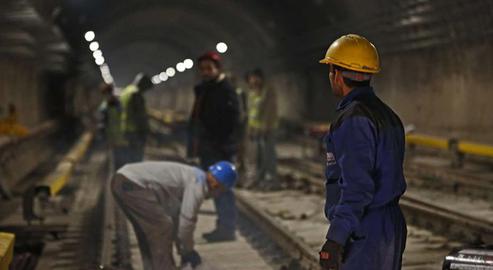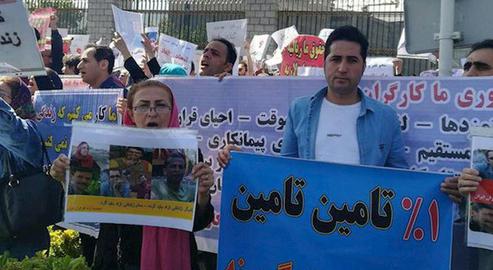On Friday, May 1, Iranian employees joined millions around the world in marking International Workers' Day – in the midst of the most difficult historical economic and social crisis in living memory.
In previous years, the precarious position of workers in Iran has not been much better. But in the face of worsening economic and political pressures coupled with the coronavirus, workers are now struggling more than ever with job insecurity, insufficient wages, political and security pressures – and of course life-threatening risks.
What is the Iranian Working Population?
According to the latest official employment statistics, in the winter of 2020 the total working population of Iran – people over the age of 15 who had worked for more than one hour in the week leading up to the census, or are temporarily out of work – was about 23.5 million people. Of these, just 13.75 million were in full-time employment and the rest were either working part-time, or absent from work for whatever reason.
About 2.4 million said they had accepted part-time work due to a lack of more stable jobs, while 881,000 claimed to have been temporarily absent.
The most recent detailed analysis available to the public dates back to 2018. It indicates that 16 percent of Iran employees are in government, public-sector and military agencies, while 35 percent are self-employed, about 39 percent are private sector wage earners, four percent are employers themselves and about four percent perform unpaid but full-time roles in their families.
On this basis, the proportion of self-employed and private sector wage earners in Iran's labor market would be about 75 percent, or around 17 million people. More than three million are part-time and informal. Meanwhile, the latest figures from the Social Security Organization show that the number of people registered for insurance by the organization is about 14 million.
But in what conditions are these 13 to 14 million Iranian workers living?
Insufficient Wages
Neither the minimum wage nor the average wages in Iran is enough to rise above the poverty line. Since 2014, the Iranian minimum wage has increased based on the inflation rate of the previous year. But this year, in the absence of labor representatives, the Supreme Labor Council determined the increase to be almost half the devastating inflation rate of 2019, setting it at 1,835,427 tomans (USD$122).
This constitutes about a third of the total monthly household living expenses that had previously been estimated by the Supreme Labor Council. Even taking into account other benefits, the total amount earned by a worker with a child is about 2.1 million tomans (US$140) less than the average family’s monthly overheads, and it is not clear how they should make up for the difference.
Job Insecurity
Iran is now well into a third consecutive year of economic recession. The rate of recession has worsened from -5 percent in 2018 to -9 percent in 2019, and this year had been expected to sit at zero. That is to say, if the forecasts had been correct, Iran's economy would have been 14 percent smaller this year than two years ago. But the coronavirus outbreak has shattered these projections.
Many jobs in Iran now are at risk of temporary or permanent closure. Numerous assessments on the economic implications of coronavirus have been published so far, including last week's report by the Parliamentary Research Center.
The report analyzed potential economic growth in Iran in three modelled scenarios. In the most pessimistic scenario, Iran's economic growth would reach -11 percent, and about 6.4 million people – or about 46 percent of the working population – would lose their jobs. In the middle scenario, Iran's economy will would shrink by 9 percent and about 2.95 million people or 21 percent of the working population would be unemployed. And in the optimistic scenario, the economic downturn would be about 7 percent, and 2.8 million people, or about one-fifth of the working population, would be added to Iran's unemployed population. Across all three models, this level of job insecurity is unprecedented in Iranian history.
Political and Security Pressures
Analysis by Iranwire has indicated that last year alone, orders for 211 arrest warrants, 852 prison sentences and 449 lashes against labor activists were issued in Iran.
But the main reason for the workers' protests in recent years has been in the name of wage back-payments and job security, with few political motives.
Health and safety risks are a bigger concern for workers and their families this year than ever before. The outbreak of coronavirus in Iran threatens the health of those who are forced to go to work.
Of course, health and safety was already fragile in many sectors in Iran before the coronavirus outbreak. According to some reports, the number of industrial accidents in Iran reaches about 10,000 annually, with one incident in 2017 alone leading to the deaths of nearly 700 workers. Statistics by the Ministry of Cooperatives, Labor, and Social Welfare show accidents were most frequent in construction sector, accounting for 37.8 percent of all logged incidents, followed by the industrial sector with 34.3 percent and the public sector with 11.3 percent.
visit the accountability section
In this section of Iran Wire, you can contact the officials and launch your campaign for various problems





























comments